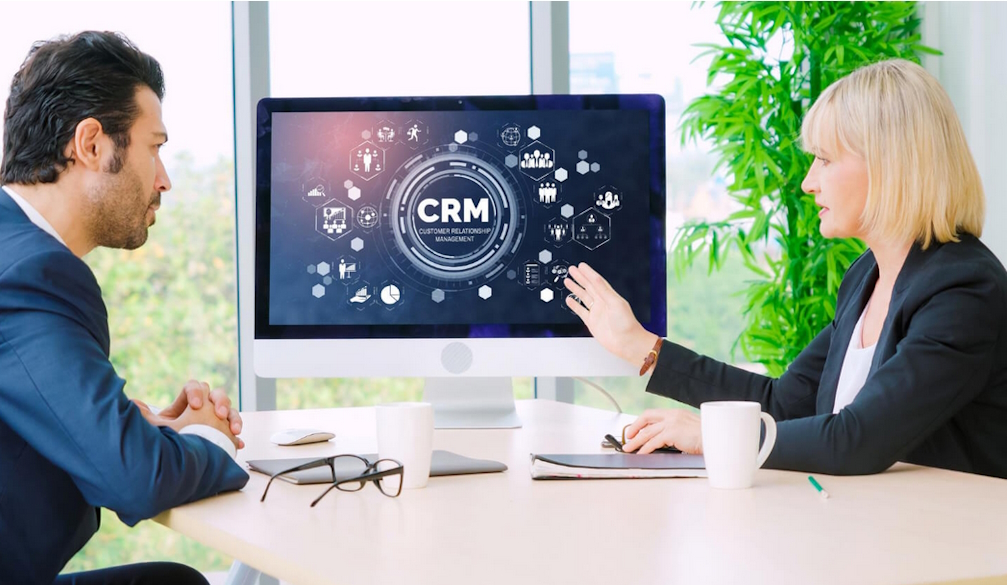CRM Implementation Challenges and How to Overcome Them
- Written by The Times

Modern business moves quickly and demands satisfaction from customers. One of the best ways to achieve this is through Customer Relationship Management, or CRM for short. Implementing a CRM system can greatly benefit businesses, especially in the retail industry. However, it is important to first explore what CRM for retail business implementation is all about and why it's so crucial.
Importance of CRM Implementation
A well-implemented CRM system can be the foundation of a successful business. It can help companies establish and maintain customer loyalty and retention, while also attracting new customers and promoting integration within the company. CRM systems boost sales, collect useful data, automate sales reporting, ensure business efficiency, and improve overall customer satisfaction. Businesses can tailor their operations according to customer behaviors, needs, and preferences gathered in CRM insights.
Common CRM Implementation Challenges
However, CRM implementation is not without its challenges. Some common ones include:
- System performance issues. Sometimes, the CRM system just doesn't perform as expected. It's slow, it crashes — it's a headache.
- User resistance. Users tend to resist change, especially when a new system is introduced. They cling to the old ways and find it hard to adapt.
- Data management troubles. You're dealing with a lot of data, and managing it can be like trying to control a herd of wild horses.
These challenges can disrupt your operation and affect your efficiency. But don't worry, every problem has a solution.
Strategies to Overcome CRM Implementation Challenges
CRM implementation challenges can be easily solved due to the following tried and tested strategies:
- Training, training, and more training. Invest time in comprehensive user training to help your team become comfortable with a new system.
- Take baby steps. Rome wasn't built in a day, and your CRM system doesn't have to be either. Phased implementation can make the whole process less overwhelming and more manageable.
- Keep it clean. Treat your CRM data like your home — keep it clean and organized. Implement strict data quality control processes and invest in data quality tools to maintain data integrity.
- Involve everyone. Before starting the implementation, get input from everyone — from executives to end-users. This ensures everyone feels involved in the process.
Overcoming challenges isn't merely making the implementation smoother. It's ensuring that your CRM system strengthens customer relationships and enhances your business success.
Real-World Case Studies
Let's explore some real-life CRM case studies.
- First up, we've got Zara, the trendy Spanish retail chain. Their CRM strategy focuses on giving customers exactly what they want — a tailored website, an interactive social media presence, and honest transactions.
- Next, there's Unilever, the British multinational company. They add a dash of vitality to life with their CRM strategy. Supporting their suppliers and distributors is their top priority, and they use CRM to build robust relationships with their partners.
- And who can forget about BMW? They focus on producing premium cars, which not only attract customers but also keep them coming back for more. Their CRM strategy is built around reliability and high-quality products.
These and many other world's largest corporations, such as Coca-Cola, Amazon, Uber, and Apple, always keep their customers in mind. They serve as lessons for other businesses overcoming similar challenges and seeking effective business solutions for their future.
Future Trends in CRM Implementation
Let's explore the future trends expected to be significant for CRM in 2023 and further.
- There will be an increase in personalized client interactions where CRM will serve as a bridge aligning sales, marketing, and operations around common goals.
- Artificial intelligence (AI) will play a larger role, bringing better AI functions and making CRM systems more intelligent and streamlined.
- The integration of voice technology and natural language processing is predicted to shape the CRM market, making customer interactions more intuitive.
- There's going to be a shift towards social CRM that will gather comments, likes, and shares to provide insights into long-term social media trends.
Overall, the future of CRM is all about the customer experience through innovative technologies and data-driven strategies.
Conclusion
Remember, the road to CRM implementation success is paved with lessons learned, creating a sound strategy, and a focus on customer satisfaction. Embrace the challenges, use the solutions, and let your business prosper in the age of digital transformation.

















